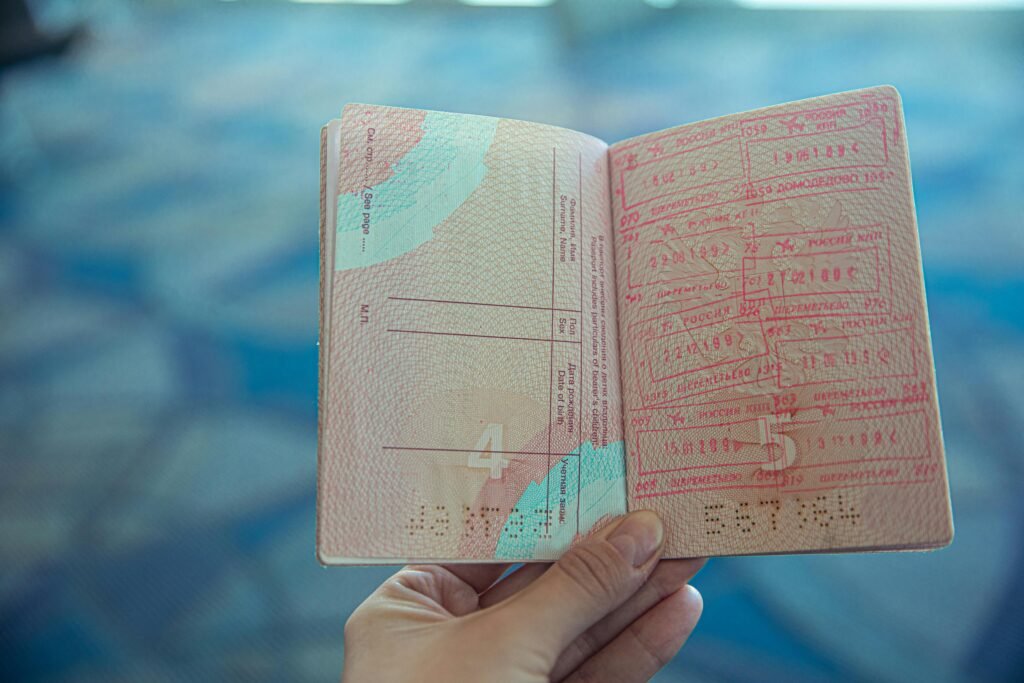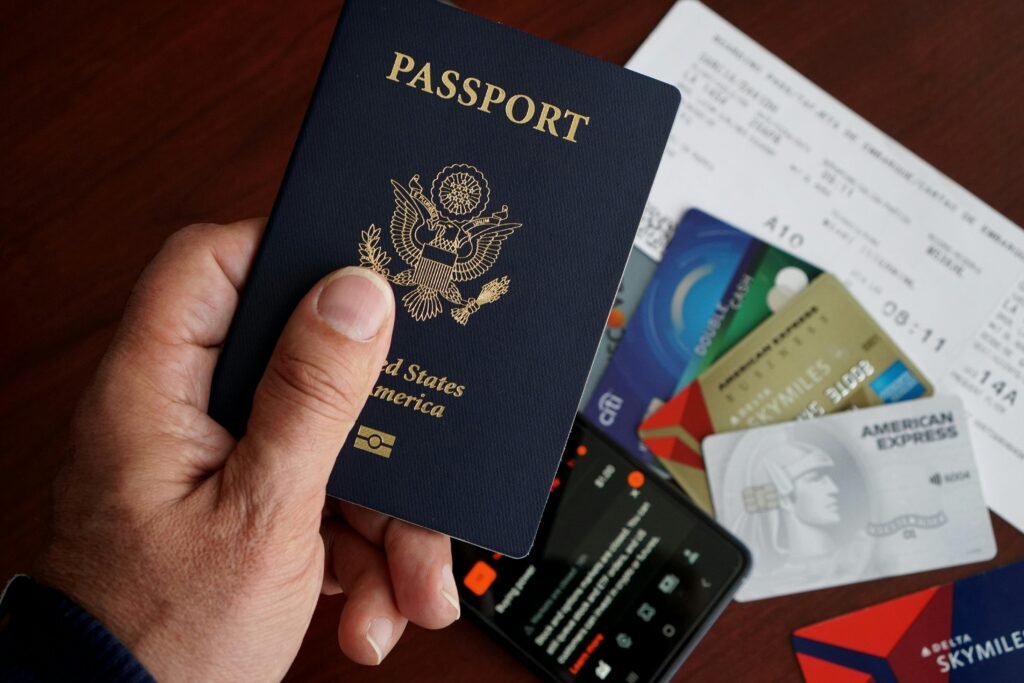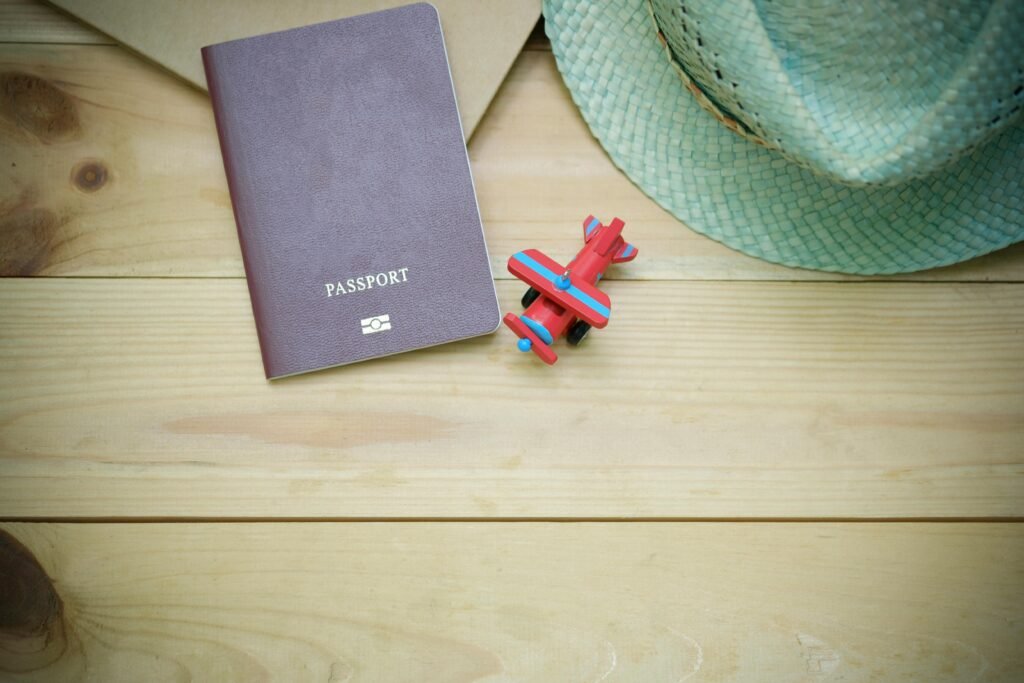Over 65% of international students in Italy want to stay and work after graduation. I totally get it!
After spending years immersing yourself in Italian culture, mastering the language, and building connections, leaving feels like abandoning a second home.
I remember sitting in my tiny Rome apartment back in 2019, frantically googling “how to stay in Italy after studies” at 2 AM.
The bureaucratic maze seemed impossible to navigate. But here’s the thing – converting your student visa to a work permit in Italy is absolutely doable if you know the right steps!
This guide will walk you through everything I wish someone had told me about the conversion process.
Types of Work Permits Available
When I first started this journey, I was completely overwhelmed by all the different permit types.
The Permesso di Soggiorno per Lavoro Subordinato is what most students need. This covers traditional employment where you work for an Italian company. It’s the most straightforward path, but you’ll need a job offer first.
Then there’s the Permesso di Soggiorno per Lavoro Autonomo for self-employment. I’ve seen friends struggle with this route because the financial requirements are pretty steep.
The EU Blue Card is another option. It’s designed for highly skilled workers and offers more flexibility. You need a university degree and a job offer with a salary at least 1.5 times the national average. Sounds fancy, but the application process can be brutal.
Required Documents and Paperwork
Essential Documents Checklist
The document list seems endless, but I promise it’s manageable if you tackle it systematically.
Your degree certificate needs to be translated into Italian by a certified translator. Don’t try to save money with online translation services – I’ve seen applications rejected for this exact reason.
The translation also needs to be legalized with an apostille if you’re from a non-EU country.
The job offer letter is crucial. It must include specific details like your job title, salary, contract duration, and company information.
Generic offer letters get rejected faster than you can say “permesso di soggiorno.”
You’ll need a clean criminal background check from your home country, again translated and legalized.
This document expires after six months, so timing is everything.
Your financial proof shows you can support yourself. Bank statements from the last three months usually work, but some questuras want six months.
The amount varies by region, but generally, you need to show around €8,000-€10,000 in savings.
Getting Your Documents in Order
Organization is key here, folks. I created a spreadsheet tracking each document’s status, expiration dates, and where I needed to submit them. Sounds nerdy, but it saved my sanity.
Start collecting documents at least three months before your student visa expires. Some papers take forever to get, especially if you need them from your home country. International mail isn’t exactly speedy these days!
Make multiple copies of everything. The Italian bureaucracy loves copies almost as much as it loves stamps. I always brought originals plus three copies of each document to any appointment.
Step-by-Step Conversion Process
Initial Application Submission
The actual application process varies slightly depending on which questura you’re dealing with. In Rome, I had to book an appointment online, which felt like trying to buy concert tickets for Beyoncé – slots disappeared within seconds!
When you finally get your appointment, arrive early. I’m talking at least 30 minutes before your scheduled time. Bring a book because waiting is inevitable, but being late could mean rescheduling for months later.
The application form itself is in Italian, obviously. Don’t rely on Google Translate for this one. Ask an Italian friend to help or consider hiring a consultant for this step. Small mistakes can cause big delays.
Timeline and Processing Expectations
Here’s the reality check nobody talks about – this process takes time. Like, a lot of time.
In my experience, the initial review takes 60-90 days minimum. But I’ve seen cases drag on for six months or more, especially in busy cities like Milan and Rome. Smaller cities sometimes move faster, but don’t count on it.
During this waiting period, you’ll receive a temporary receipt (ricevuta) that allows you to stay in Italy legally. Keep this document with you at all times – it’s your lifeline until the actual permit arrives.
Common Challenges and Solutions
Bureaucratic Hurdles You’ll Face
Let me be straight with you – Italian bureaucracy can be frustrating. I once waited four hours at the questura only to be told I was missing a document that wasn’t on their official list. Fun times!
Language barriers are real, even if you speak decent Italian. The legal terminology used in immigration documents is next-level complicated. Don’t feel embarrassed about bringing a translator or Italian-speaking friend to important appointments.
Different regions have slightly different requirements and procedures. What works in Florence might not fly in Naples. Always check with your local questura for specific requirements rather than relying solely on general information online.
Dealing with Rejections and Appeals
Rejections happen, and they’re not always fair. My friend’s application got rejected because one document was missing a specific stamp that nobody had mentioned before. Frustrating doesn’t begin to cover it.
If your application gets rejected, you have 60 days to appeal or resubmit. Don’t panic – figure out exactly what went wrong first. Sometimes it’s a simple fix like getting an additional translation or updating a document.
Employment Opportunities and Job Search
Finding Eligible Employment
The job search while on a student visa can be tricky. You’re allowed to work part-time during studies, but finding a company willing to sponsor your work permit conversion is another story entirely.
Networking is absolutely crucial here. I found my job through a professor’s connection, not through online applications. Italian business culture is very relationship-based, so start building connections early in your studies.
LinkedIn is surprisingly useful in Italy, especially in northern cities like Milan and Turin. Make sure your profile is in both Italian and English, and don’t be shy about reaching out to people in your field.
Salary and Contract Requirements
Your job offer needs to meet minimum salary requirements, which vary by region and job category. In northern Italy, expect higher thresholds than in the south. The salary must be sufficient to support yourself without relying on social assistance.
The contract type matters too. Permanent contracts (contratto a tempo indeterminato) are gold standard, but fixed-term contracts (contratto a tempo determinato) can work if they’re long enough – usually at least one year.
Make sure the contract clearly states that the employer will support your permit conversion. Some companies are willing to hire you but don’t want the hassle of dealing with immigration paperwork. Get this sorted before accepting any offer.
Regional Differences and Considerations
Northern vs Southern Italy Procedures
I’ve helped friends through this process in different regions, and let me tell you – the differences are significant. Northern questuras like Milan and Bologna tend to be more organized and efficient, but they also have higher application volumes.
Southern regions often have longer processing times but sometimes more flexible interpretations of requirements. It’s not better or worse, just different. Plan accordingly based on where you’re applying.
Rome deserves its own category because it’s… well, it’s Rome. Everything takes longer there, but the international nature of the city means staff are generally more experienced with complex cases.
City-Specific Tips and Insights
Milan is probably the most business-friendly city for this conversion. The job market is strong, and companies are used to hiring internationals. But competition is fierce, and living costs are high.
Florence and other university towns have experience with student visa conversions, but job opportunities might be limited outside of tourism and education sectors.
Bologna surprised me with how efficient their questura was. If you’re studying there, consider staying for the conversion process rather than moving to a bigger city immediately after graduation.
Financial Planning and Costs
Application Fees and Hidden Costs
The permit itself costs around €200, but then you have document translations, apostilles, legal fees, and travel costs for appointments.
I spent close to €1,500 total on my conversion process, and that was being careful with expenses. Budget at least €1,000-€2,000 to be safe, especially if you need professional help.
Don’t forget about the cost of maintaining yourself during the waiting period. You might not be able to work full-time while your application is pending, so having savings is crucial.
Living Expenses During Transition
Plan for at least 3-6 months of living expenses while your application is processed. This isn’t just about rent and food – you might need to travel for appointments or resubmit documents, which adds up quickly.
Consider staying in student housing longer if possible, rather than signing an expensive regular rental contract right before starting this process. Flexibility is valuable during this transitional period.
Some banks offer special accounts for people in visa transition situations. These can help demonstrate financial stability to immigration authorities, which is always a plus.



